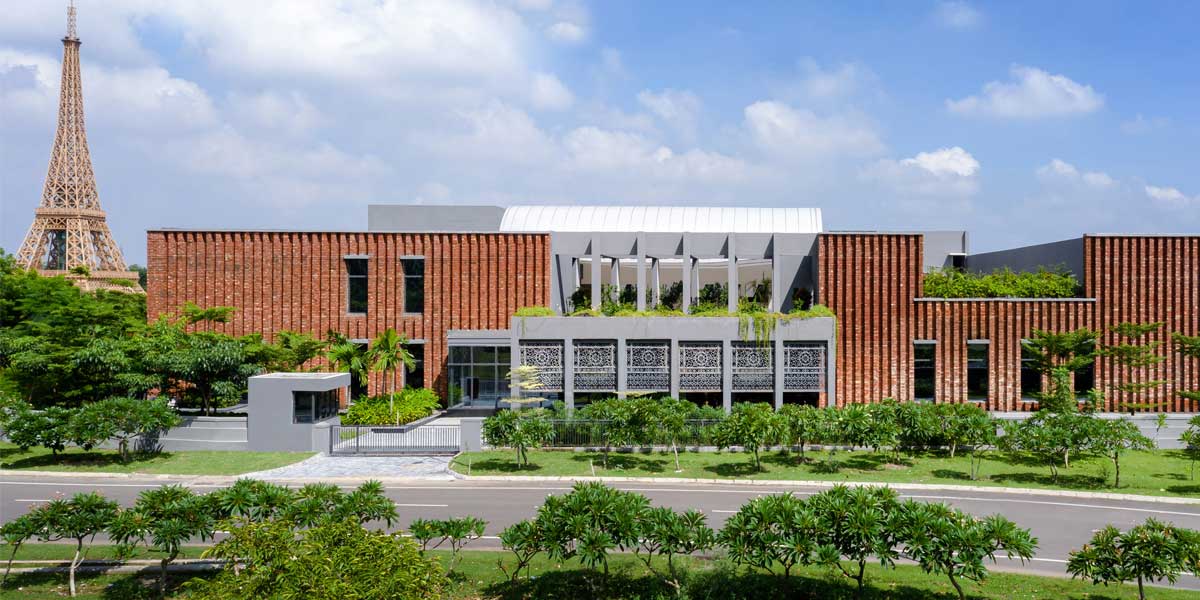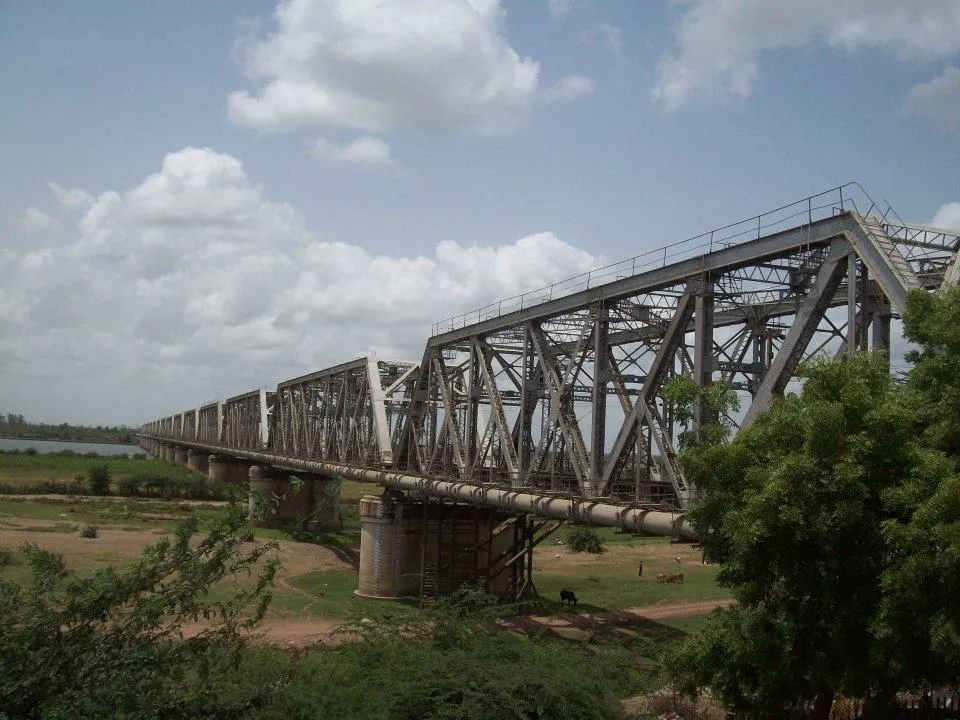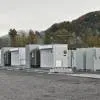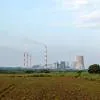A recent fire in June 2022 at Dev Complex, a hospital near Parimal Gardens in Gujarat, retrained the spotlight on glass facades and the ensuing problems of ventilation, fire evacuation and fire safety. Following the incident, the Gujarat High Court directed the Gujarat government and Ahmedabad Municipal Corporation to do away with non-fire-compliant glass facades. Seventy-five people, including 13 newborns, were rescued.
Another fire occurred at a commercial complex in Mundka, in Delhi. The building had a single point of entry and exit along with a fixed glass facade, both critical aspects in this mishap.
Is glass a hazard?
Fire risks aside, glass facade systems impact the environment. The seamless integration of the building into the built environment, clean and non-obstructive lines, visual connectivity, indoor and outdoor connectivity via complete transparency they offer often make these towers hard to discern for birds, with many flying into glass facades. For instance, recently in Surat, a flock of about 40 rosy starlings hit the highly reflective glass wall of the Surat District Cooperative Bank. On a larger scale, glass buildings have a considerable impact on their immediate environment. “It is just like the greenhouse effect,” Neeraj Kapoor, Founder and Managing Director, Kalpakrit, explains. “We have heard the term being used for the planet but glass replicates that effect at a building level. Once heat is trapped inside, it needs to be thrown out, which is where air-conditioning systems come in.”
Urban heat island
Every summer, cities experience heat waves with people being plagued by heat strokes, heat syncope, exhaustion and, in worst cases, fatalities.Experts attribute this to the ‘urban heat island’ effect, where densely populated areas like metros have a temperature higher by more than a couple of degrees than their surrounding suburbs or rural areas. “Structures such as buildings, impermeable roads and pavements and other infrastructure absorb and re-emit the sun’s heat more than the natural landscape,” Rohit Gera, Managing Director, Gera Developments, explains. “Areas where these structures are highly concentrated and greenery is limited tend to become ‘islands’ of higher temperatures relative to surrounding areas. This impact is felt both during the day and night.”
To be fair, glass is not the only incriminator. “Heat islands form as a result of several factors, the most critical being reduced natural landscapes in urban areas,” clarifies Raman Sapru, Director - Design and Engineering, K Raheja Corp. “Trees, vegetation and water bodies tend to cool the air by providing shade, transpiring water from plant leaves, and evaporating surface water, respectively. Glass alone is not responsible.”
Clearly, these localised ‘hot pockets’ occur when glass is not used judiciously. “While being a wonderful product, when used indiscriminately glass can contribute significantly to heating up our environments, both directly and indirectly, indoors and outdoors,” says Kapoor. “Direct heating from external heat reflecting from the glass facade is a smaller phenomenon. The larger and more profound one is the indirect impact of glass owing to its property of trapping heat inside buildings. Therefore, buildings inadvertently have to use excessive air-conditioning to reject the trapped heat, thereby adding more heat to our already heated urban environments.”
“Another difficulty in using a glass façade is the high transmission of noise,” adds Varun Raje, Director, Raje Project Management Consultants. “This causes disturbance to occupants if there is any loud noise emitted outside, by the road traffic or adjoining construction sites.”
Popularity unshattered
Considering the above, why does the material’s popularity continue?
Buildings in India seeking to get green certification usually rely on three prominent green systems: Leadership in Energy and Environmental Design (LEED), Indian Green Building Council (IGBC) and Green Rating for Integrated Habitat Assessment (GRIHA). All these agree that a green building is water-efficient, energy efficient, conserves natural resources, creates less waste, and provides healthier places for inhabitants compared to conventional buildings. And in the context of the downsides of glass, it becomes difficult to see how glass buildings could ever be considered ‘green’. However, they are.
While the Indian context does not necessitate the use of glass, in the contemporary practice of generating a controlled environment – especially in cities – employment of glass in combination with other materials is preferred, according to Vivek Rathore, Principle Architect, Salient Design Studio.
Glass enhances the building’s aesthetics. It allows light transmission and visibility and is one of the most weather-resistant materials with UV stability, which means it retains its appearance and integrity in most given conditions. The smooth surface makes the facade easy to maintain, saysGera. But most important, the material offers flexibility in terms of facade design owing to new technologies that allow glass to be moulded in different forms and colours.
Additionally, “glass façades are preferred for tall structures and buildings with the requirement of a larger area to cover the building skin, usually like commercial and IT buildings,” says Raje. “It is also much lighter compared to other forms of curtainwalls, which reduces the overall load on the structure and foundation.”
To use or not to use
The choice of facade material for a structure varies with its design and context, such as occupancy, location and orientation, with residential and commercial buildings having specific demands. Durability, maintainability, sustainability and cost are important factors too.
For institutional and commercial buildings with large floor plates that need to be lit and ventilated, the selection of the most optimal facade system becomes pivotal. Glass becomes the ideal choice here because of its intrinsic property to transmit more light than any other material, contributing to better natural lighting and thereby reducing energy consumption on artificial lighting.
“Glass is not a bad material,” affirms Kapoor. “It keeps you connected with the exteriors while keeping natural elements at bay. The importance of connectivity is emphasised by an incident in the 1970s. During the energy crisis in the US, to lower energy consumption, school buildings were constructed without windows. When students lost the connection with the outdoors, it generated the ‘sick building syndrome’.” Thus, glass as the primary material for windows cannot be done away with; however, its use can be restricted with a window-to-wall ratio (WWR) of 40 per cent or less.
“As building system designers and engineers, we have conflicting expectations from glass for our spaces – one of lowering heat ingress and another of increasing useful daylight –with the issue of energy-efficiency being connected with daylighting,” Kapoor adds. “Both are achievable with thoughtful design. Building owners must create design briefs for architects demanding appropriate, not indiscriminate, use of glass to achieve not only an efficient and a well-daylit building but a beautiful one.”
“Evaluating the performance of glass with respect to its properties during material selection is critical,” adds Gera. “Glass façades that face the incident sun need to have an improved heat gain coefficient and a lower u-value. One can minimise the use of glass facing the afternoon sun and have more glazing facing north.”
Now, many eco-friendly glass materials provide good insulation and avoid heat and sound seepage, says Raje. For instance, laminated glass, tempered glass and coated glass, if used appropriately, can cut down recurring energy expenses.
Alternates
India's climate allows for creative use of local materials, opines Rathore. And IndrajitKembhavi, Managing Partner, Kembhavi Architects, adds, “There is a wide range of façade systems available, including glazing, cladding and composite systems. Materials like porcelain, clay ceramics and titanium add new dimensions to any façade.”
“New trends in façade solutions have become more performance-centric with other factors like cost playing a lesser role in selection,” says Gera. “Conventional products once used as default cladding materials – such as aluminium composite panels – are being replaced by alternatives such as high-performance laminates and veneer, slim porcelain and ceramic slabs and zinc sheets that have good dimensional stability, lowweight and an elegant appearance with a wide choice of colours and textures. Natural material such as stone never loses its charm while terracotta screens and baguets, if used strategically with other materials, make the façade more sustainable in the Indian context.”
Building impact
“As we make our buildings taller and windows and glazing continue to be important components, it is important to realise that it is also increasing occupant safety risk,” says Gera. According to him, three critical aspects to be addressed in a façade system are combustibility; the inability to propagate fire from one space to the other; and means of mitigation to safety for occupants in an emergency.
Building codes emphasise protective measures against glass hazards in high-occupant traffic circulation areas prone to easy breakage. These codes require that interior glass walls and balcony rails be made of tempered or other strengthened glass. “It is imperative that in occupantinterest, architects and developers follow the codes provided in the NBC and local bylaws,” reasons Gera. “In addition to protection, preparedness for emergency ingress and egress must be considered in building design.”
In the future
Vivek Rathore: “We need glass with toughened properties that can be easily recycled. Next, we need alternative materials such as high-performance polycarbonate and crystalline solids that mimic the properties of glass. Finally, we need to improve the technology of glass bricks and develop integrated glass fenestration systems.”
Raman Sapru: “Reducing the carbon footprint will be the order of the day. Hence, biophilic facades as primary or secondary skin with natural ventilation would be focus areas. Additionally, to deliver good quality buildings, a good ecosystem for facade manufacturing is required, which is currently evolving.”
Rohit Gera: “Façade systems such as glazing with built-in photovoltaic cells and green walls are being actively explored to reduce the heat island effect and improve sustainability. For any façade system to sustain, it needs to allow possibilities for perforations, bending or moulding without affecting strength and structural stability with the option to customise. This would maximise its potential and adoption.”
Indrajit Kenbavi: “Photometric glass and enhanced shading systems corresponding to circadian rhythms are future trends. Also, self-cleaning façades using nanotechnology will be the norm.”
Varun Raje: “We need more optimum solutions for façade materials with less wastage of material. From a maintenance perspective, we need artificial intelligence to record the durability parameters of glass, especially for leakage-prone areas to be identified, for ease in tracing wear and tear for replacement and repairs.” - Manali Haware




















